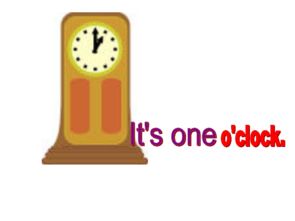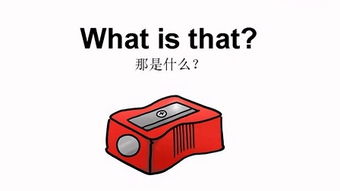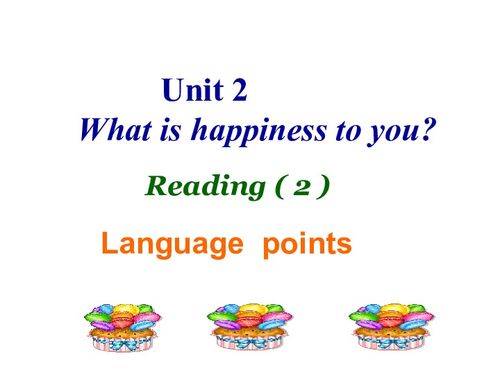
What is 4 in a 5-bit Number?
Understanding the concept of a 5-bit number and how it represents the value 4 is essential in the realm of digital computing and binary arithmetic. Let’s delve into this topic and explore the intricacies of binary representation.
Binary Representation

In binary, numbers are represented using only two digits: 0 and 1. Each digit in a binary number is called a bit. A 5-bit number, therefore, consists of five bits, each capable of being either 0 or 1.
Understanding the Value of 4

The value 4 is a decimal number, which is the base-10 number system we commonly use. In binary, the value 4 is represented differently. To understand this, we need to look at the binary number system and how it works.
Binary Number System

The binary number system is a base-2 system, meaning it uses only two digits: 0 and 1. In this system, each digit’s value is determined by its position in the number. The rightmost digit is the least significant bit (LSB), and the leftmost digit is the most significant bit (MSB). The value of each bit is a power of 2, starting with 2^0 for the LSB and increasing by a power of 2 for each subsequent bit to the left.
| Position | Value | Power of 2 |
|---|---|---|
| LSB (Rightmost) | 2^0 | 1 |
| Second LSB | 2^1 | 2 |
| Third LSB | 2^2 | 4 |
| Fourth LSB | 2^3 | 8 |
| MSB (Leftmost) | 2^4 | 16 |
As you can see from the table, the value of each bit position is a power of 2. The value 4 is represented by the binary number 100, which means that the third bit from the right (the second LSB) is set to 1, while the rest of the bits are set to 0. This indicates that the value of the third bit is 4 (2^2), and the total value of the binary number is 4.
Binary to Decimal Conversion
Converting a binary number to its decimal equivalent is straightforward. You simply add up the values of the bits that are set to 1. In the case of the binary number 100, the only bit set to 1 is the third bit from the right, which has a value of 4. Therefore, the decimal equivalent of the binary number 100 is 4.
5-bit Number Range
A 5-bit number can represent values from 0 to 31 (2^5 – 1). This is because there are 5 bits, and each bit can be either 0 or 1, giving us a total of 2^5 possible combinations. The binary number 100, which represents the value 4, is just one of these combinations.
Applications of 5-bit Numbers
5-bit numbers are used in various applications, including digital computing, data storage, and communication. They are particularly useful in scenarios where a limited range of values is required, such as encoding characters in early computer systems or representing small integers in algorithms.
Conclusion
Understanding how a 5-bit number represents the value 4 is crucial in the field of digital computing. By exploring the binary number system and the concept of bits, we can appreciate the intricacies of binary arithmetic and its applications in various domains. Remember that the value of a bit is determined by its position in the number, and the binary number system is a base-2 system where each bit’s



